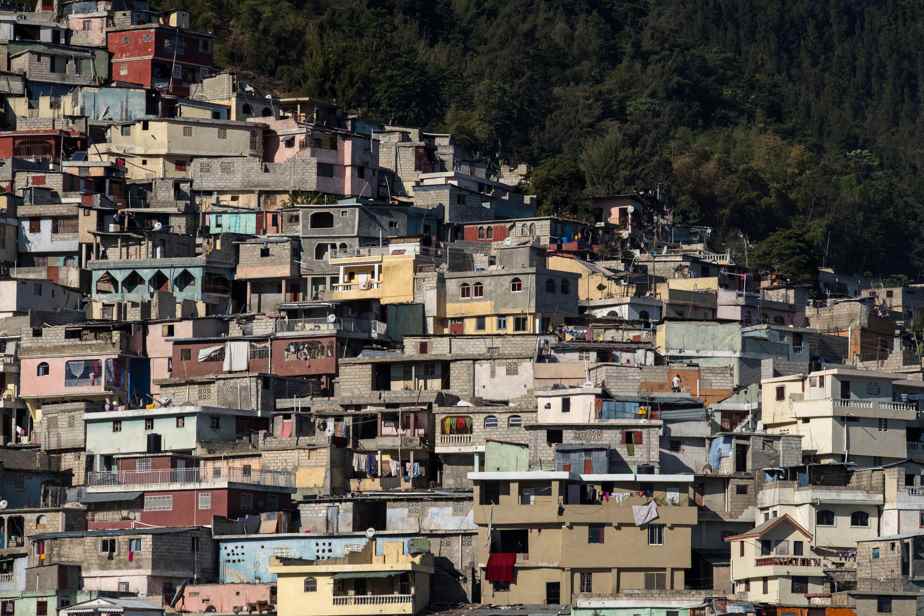Do you have questions about our editorials? Questions about hot topics in the news? Each week, the editorial team responds to readers of The Press.
When Canada sends 98 million in aid to Haiti, who manages the money received and how to ensure that it is not used to subsidize armed gangs?
Normand Lapointe
Haiti is plunged into an extremely difficult situation. Armed gangs control more than half the country, including the capital Port-au-Prince. Murders, kidnappings, rapes, armed violence: a recent United Nations report shows how much the population is suffering1.
Access to drinking water, food, medicine and health care is also greatly complicated.
Canada maintains strong ties with Haiti and provides significant amounts of international aid. Since the 2010 earthquake, the federal government says aid to the country has reached $1.87 billion.
Last year, the sums amounted to 98 million.
The Haitian government is largely ineffective, in addition to maintaining links with criminal organizations. In the context, there is therefore no question of sending the money directly to the local authorities. Ensuring that this aid reaches citizens without falling into the pockets of criminals is a major challenge.
“In general, Canada provides humanitarian funding by supporting experienced partners who provide assistance in accordance with the humanitarian principles of humanity, neutrality, impartiality and independence,” said Geneviève Tremblay, spokesperson for Affaires World Championships Canada.
“This assistance is provided through a well-established international humanitarian response system, made up of the United Nations, the Red Cross Movement and other experienced non-governmental humanitarian organizations,” she said.
François Audet, director of the Canadian Observatory on Humanitarian Crises and Action at UQAM, explains that this is a common way of proceeding in the event that the local government cannot be trusted, or when that government is non-existent or unable to operate.
According to Professor Audet, the case of Haiti is particularly complex, because NGOs there are now being targeted. It is no longer a question of foreign aid workers driving around in vans bearing the logo of their organisation.
International NGOs therefore mostly employ local staff and do business with local organizations and businesses. Canadian aid therefore passes from hand to hand.
“The Government of Canada does not tolerate any misuse [ni aucun] diversion of aid. Accountability and guarantees are central to the management of Canada’s international assistance,” says Global Affairs Canada.
Are Canadian dollars nevertheless ending up in the wrong pockets? It is not impossible. François Audet gives the example of humanitarian workers who would come across roadblocks erected by gangs. They are forced to pay.
“It’s the cost to be paid to be in Haiti. There are rules that apply there which we may not adhere to, but which are necessary to reach the population, ”underlines the expert.
Similar dilemmas arise for example in Afghanistan, where the international community can hardly circumvent the Taliban regime to reach the population.
François Audet stresses that in the long term, the strategy of channeling humanitarian aid through NGOs can lead to a perverse effect: that of creating dependence on these organisations.
“When the United Nations or NGOs arrive, the state and civil society tend to become even more fragile,” he explains. According to him, the international community is increasingly aware of the need to develop local capacities – either by funding local organizations directly or by encouraging international NGOs to work with them.
In any case, and even if all is not perfect, François Audet insists on the need to continue to support populations in distress.
